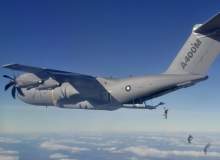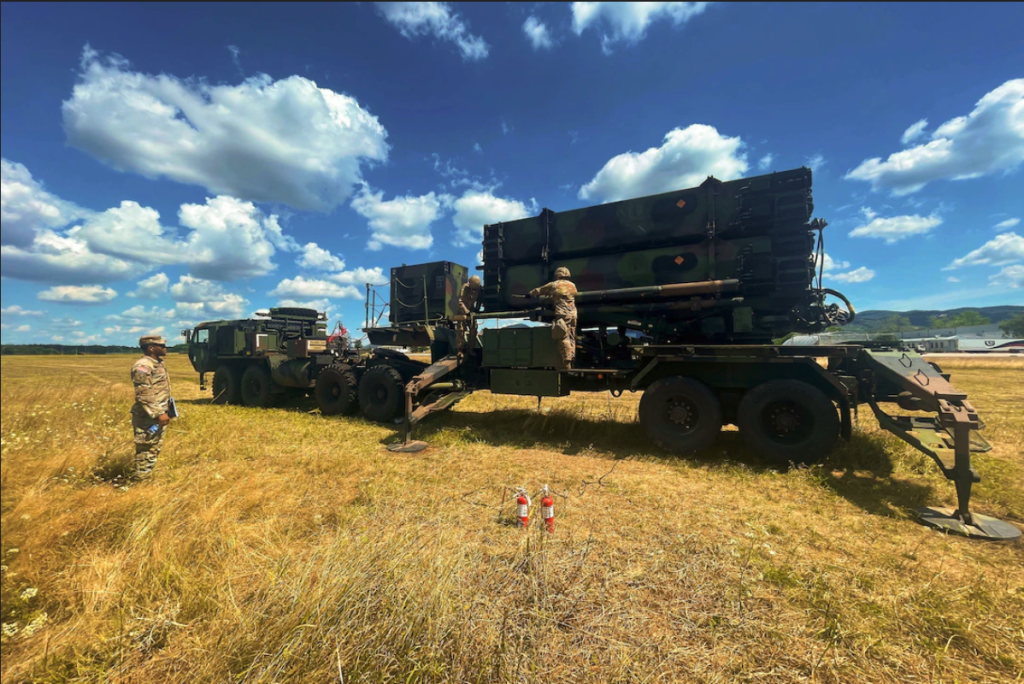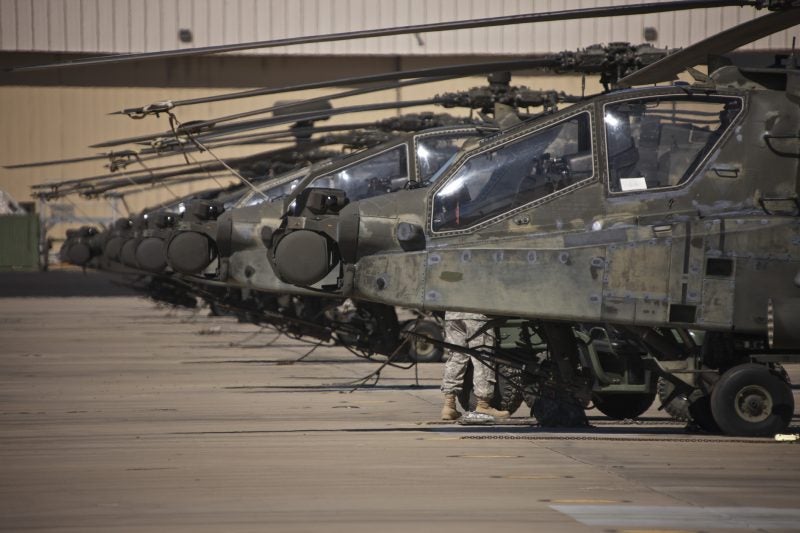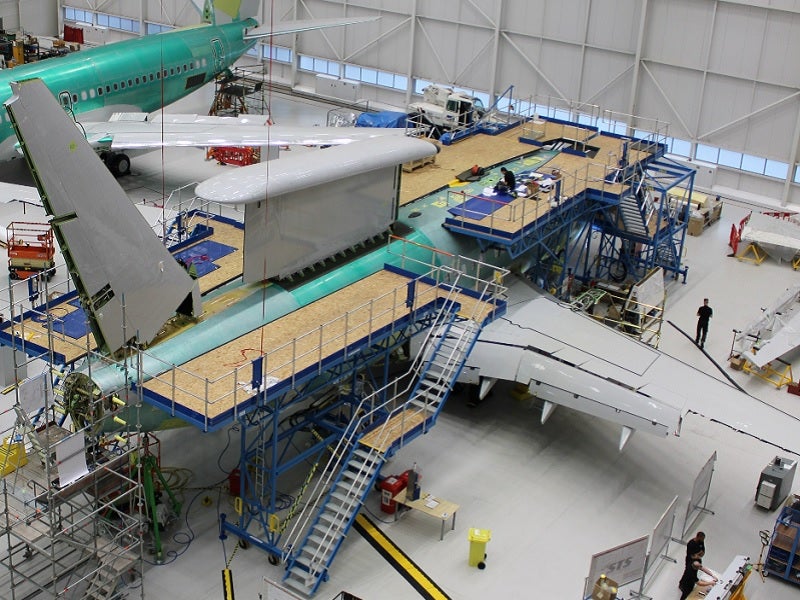
Concluding a programme that was first initiated in 1982, Airbus’s A400M is edging ever closer to seeing operational service. The multibillion-euro project, which will deliver a total of 174 strategic airlifters to nine different nations, has taken many twists and turns and has come close to cancellation on a number of occasions.
With the first A400M’s impending delivery to France, Airbus can finally deliver much needed airlifting capabilities to the nations that have stuck with the troubled project, in spite of a series of lengthy delays and budgetary crises.
Close to cancellation
The development of the A400M has not been without multiple, and well documented, troubles. Despite the need for a modern era strategic airlifter, serious doubts have been raised throughout the A400M programme that no such aircraft would ever come to fruition.
Assembly of the first aircraft commenced in the first quarter of 2007, but it wasn’t until early 2009 that German newspaper Financial Times Deutschland first began to report on rumoured concerns regarding to the A400M programme. The newspaper reported that not only was the aircraft overweight by 12 tonnes, but that it was crucially only capable of lifting 29 tonnes; three short of the required 32 tonne lift capacity.
Rumours of abandonment refused to abate, perpetuated by the South African Air Force’s indication that it may look elsewhere, followed by the cancellation of its order in November 2009. Estimates at the time placed the programme between three and four years behind schedule and approximately €5bn over budget, with the UK Royal Air Force forced to lease and subsequently purchase six C-17s to fill capability gaps.
Defending the aircraft, Airbus acknowledged budgetary problems and confirmed that the project was due to lose at least €2.4bn, and would not break even without sales to countries outside of Nato. Programme fears were exacerbated further when a PricewaterhouseCoopers audit of the A400M suggested that even with corrective measures, Airbus would lose €7.6bn.
Testing allays fears
Airbus managed to shake off continued doubts regarding the programme’s future and the A400M’s maiden flight was carried out from Seville on 11 December 2009, going on to clock a total of 39 hours of flight time by March 2010.
Ultimate-load testing of the aircraft’s wing was conducted in July 2010, followed by refuelling and air-drop tests later that year.
Simulated icing tests uncovered an aerodynamic issue which caused buffeting of the horizontal tail, and a six-week retrofit to install anti-icing equipment occurred in late 2010.
Cold weather testing occurred in Kiruna, Sweden, in February 2011 and by September that year, the test aircraft had completed 2,100 flight hours. Having successfully navigated the test flight procedure, the A400M finally received its full European Aviation Safety Agency Type Certification on 14 March 2013.
Having finally appeared to overcome its teething problems, the A400M programme now looks fully prepared to take flight.
France is set to receive the first aircraft off the production line in Q2 2013, with military initial operation capability expected to be achieved soon after. The UK will then follow suit with its own A400M entering service in 2015, with Malaysia, Spain and Luxembourg set to receive their aircraft in 2015, 2016 and 2019 respectively.
Related content
Storm Shadow – ushering in a new era of British procurement ideology
Storm Shadow – the RAF’s conventionally armed stand-off missile (CASOM) – has been lauded as a consummate example of collaborative procurement.
Hail the HALE: renewed enthusiasm for HALE UAVs
Capable of soaring at high altitudes for days on end, high altitude long endurance (HALE) UAVs have emerged to an enthusiastic reception given their vaunted surveillance capabilities.

.gif)



